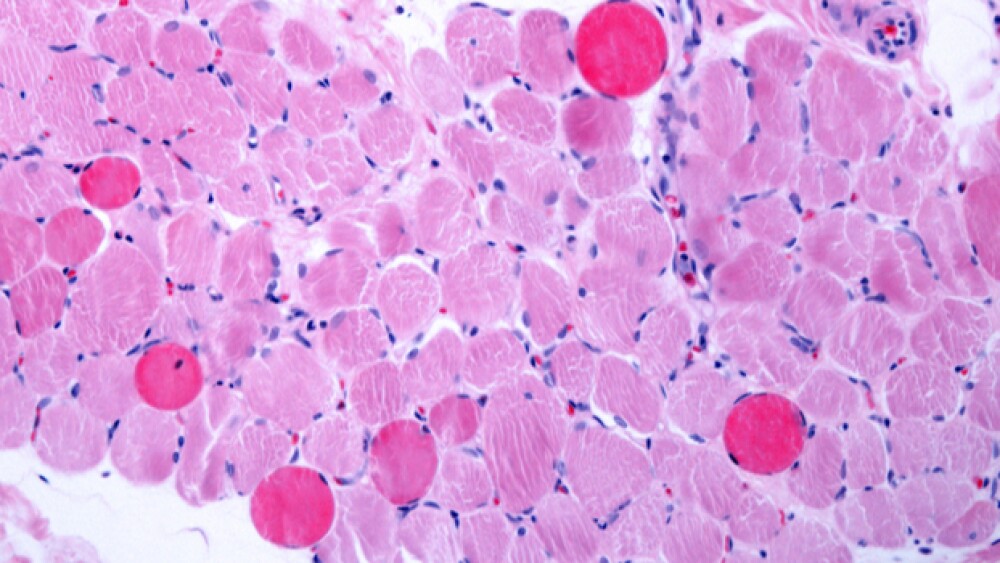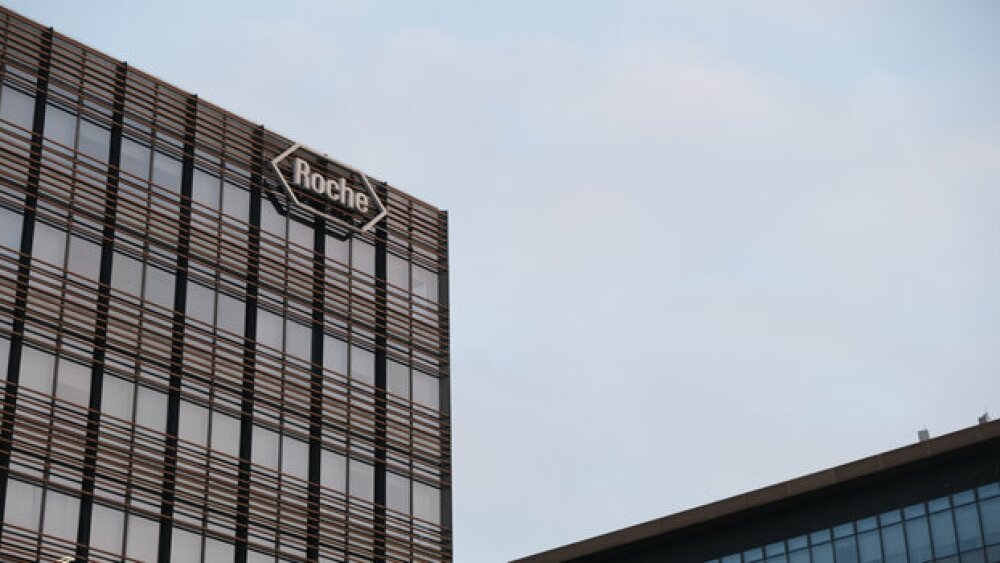All three studies found significant slowing of respiratory decline in the patients receiving Exondys 51 and it was consistent across all stages of the disease studied.
New research from three clinical trials supports that Sarepta Therapeutics’ Exondys 51 (eteplirsen) slows respiratory decline in Duchenne muscular dystrophy (DMD).
The drug was approved for DMD in September 2016 after a lengthy and dramatic review process by the U.S. Food and Drug Administration (FDA). DMD is a muscle-wasting disease caused by mutations in the dystrophin gene. It is a progressive disease that usually causes death in early adulthood, with serious complications that include heart or respiratory-related problems. It mostly affects boys, about 1 in every 3,500 or 5,000 male children.
As part of the approval, Sarepta was required to conduct a two-year, randomized controlled trial to verify the drug’s benefits.
Sarepta, along with Harvard Medical School, The Children’s Hospital of Philadelphia, Nationwide Children’s Hospital, the Paul D. Wellstone Muscular Dystrophy Cooperative Research Center and Ohio State University published results from three trials in the Journal of Neuromuscular Diseases.
These particular trials focused on respiratory function, comparing the patients receiving Exondys 51 to patients matched by age range, steroid use, and genotype from the Cooperative International Neuromuscular Research Group Duchenne Natural History Study (CINRG DNHS) global database. They studied eligible ambulatory DMD patients for at least four years, primary non-ambulatory DMD patients for two years, and an ongoing open-label multicenter trial of ambulatory DMD patients aged seven to 16 years.
All three studies found significant slowing of respiratory decline in the patients receiving Exondys 51 and it was consistent across all stages of the disease studied.
The authors concluded, “Progressive pulmonary failure requires the use of noninvasive and invasive ventilation and is a key milestone in the progression of DMD, significantly impacting quality of life. By increasing dystrophin production, eteplirsen may be preserving respiratory muscle, slowing the decline of pulmonary function and ultimately having a positive impact on morbidity and mortality.”
Exondys 51 is approved for a specific subset of DMD patients that are amenable to exon 51 skipping therapies. That accounts for about 13% of DMD patients.
In September 2018, the European Medicines Agency (EMA) rejected Sarepta’s application for Exondys 51. It was expected, because in June of that year the Committee for Medicinal Products for Human Use (CHMP) at the EMA recommended against Exondys 51.
That application was based on two clinical trials in 12 boys with DMD between the ages of 7 and 13. The first was a Phase II clinical trial that randomized 12 children to receive the drug or a placebo weekly over 24 weeks. The primary endpoint was dystrophin production and the assessment of a six-minute walk test. In the trial, there was no significant difference in the walking distance in six minutes between those receiving Exondys 51 or placebo.
The data from those trials showed that patients who received the therapy at either 30 mg/kg or 50 mg/kg of body weight had a statistically significant and clinically meaningful decrease in pulmonary function decline. There was also an increase in the amount of dystrophin protein up to 0.44% of normal levels after 48 weeks.
But CHMP in its negative opinion expressed doubts about the evidence, especially related to the study’s small size, use of historical data, and lack of comparison data beyond 24 weeks. These were essentially the same controversies that roiled the FDA approval two years before.
And in May 2019, a U.S. drug-cost watchdog agency, the Institute for Clinical and Economic Review (ICER) published a report suggesting the drug is too expensive and that its efficacy data is unconvincing—although it does not include the most recent publication.
The therapy costs about $300,000 per patient per year and in the first three months of this year hit $87 million in sales. The study stated, “For eteplirsen, at its current price, no plausible treatment effects were found to make this treatment reach cost-effectiveness thresholds.”
The company is awaiting an FDA decision on its exon 53-skipping therapy, Golodirsen, this summer. It would be appropriate for about 8% of DMD patients.





